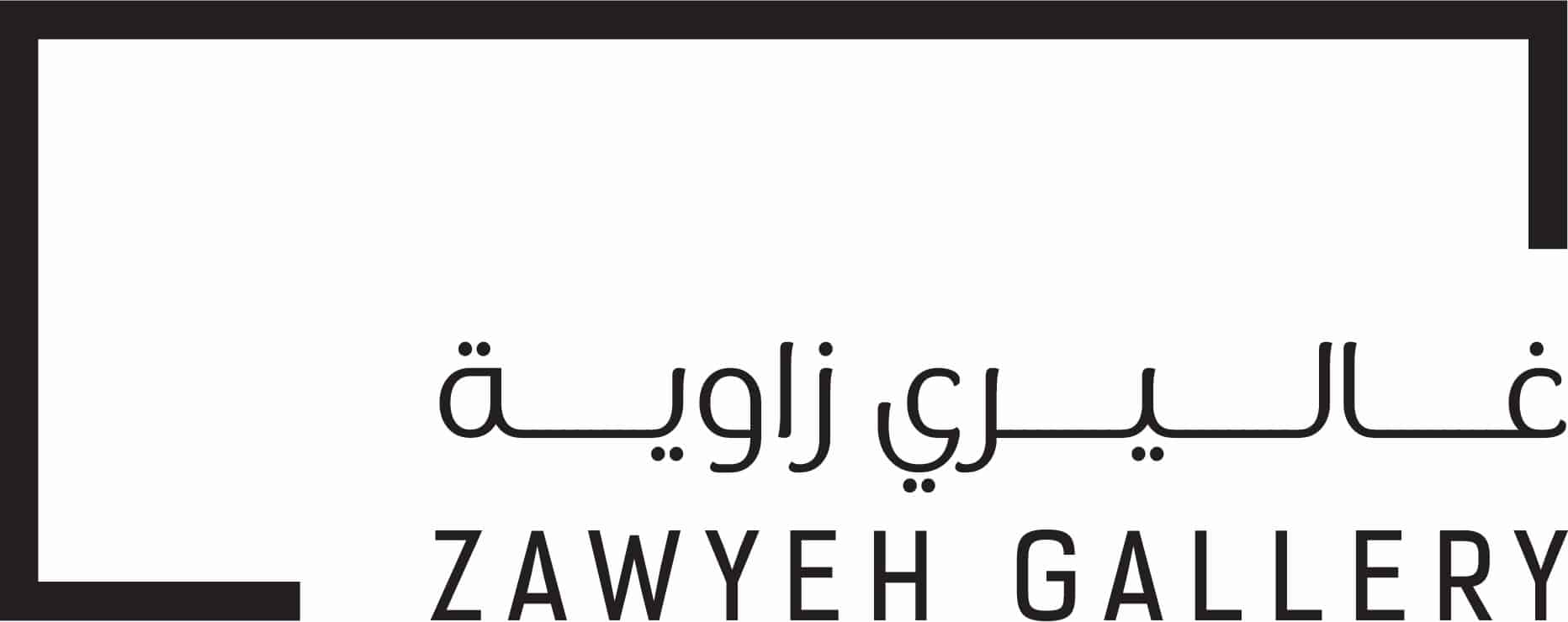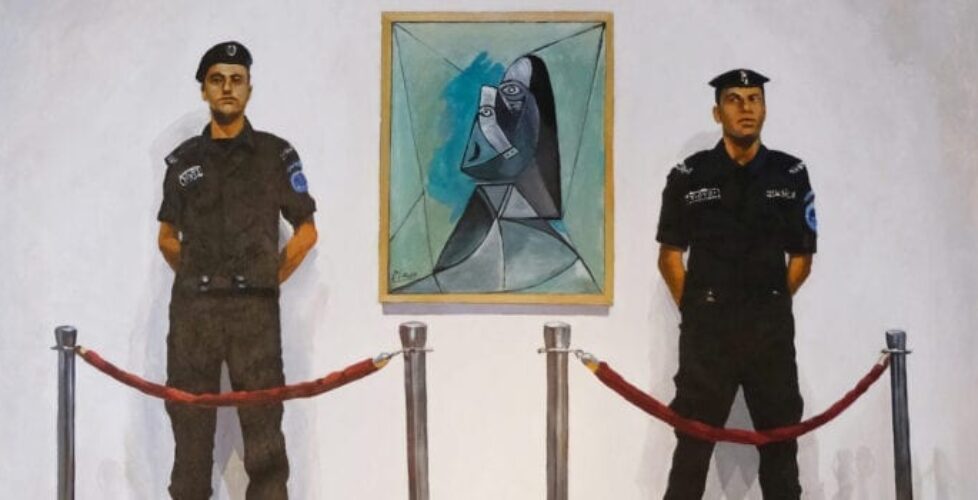Khaled Hourani at Abu Dhabi Art 2019: From Eindhoven to Ramallah
From Eindhoven to Ramallah
Zawyeh Gallery presents five prominent Palestinian artists—Wafa Hourani, Nabil Anani, Sliman Mansour and Tayseer Barakat along with Khaled Hourani, who presents two contentious works laden with socio-political complexities.
Khaled Hourani and Van Abbemuseum’s 2011 Picasso in Palestine project brought Picasso’s 1943 Buste de Femme to Ramallah as a solution to the heavy mobility restrictions that affect access to resources, explains Ziad Anani, founder of Zawyeh Gallery. It also intended to instigate a discourse on Modernism as a means to build up a contemporary arts scene, which for 30 years endured restrictions on what and how images could be created, and whether social gatherings could be held. It, however, turned into a two-year process wherein socio-political complexities illuminated the fickle relationship between art and power.
Via Hourani, Zawyeh Gallery revisits questions of power, audience and context that can alienate populations. It probes the mechanisms, procedures and obstacles of moving artworks, which complicates exponentially when the loan is requested by a non-institution—the International Art Academy Palestine—from a territory deemed a “risk environment” with—at the time—no museum in which to host the work, topped off by the navigation of protocol existing between Israel and the West Bank. The ensuing paper trail, which proved more challenging than raising the $200,000 to fund the project—was exhibited as an artwork itself at Al-Ma’mal Gallery in Jerusalem. A sensational set of circumstances that led to equally sensationalised readings. But it paved the way for building the missing systems to jumpstart a ‘normalised’, rather than improvised, cultural infrastructure.
Why that Picasso? The work spoke to the Palestinian plight through the female form, which, post-Nabka, has symbolised homeland, culture and identity. “Hourani succeeded in highlighting the exceptional nature of the Palestinian reality and the many layers of restrictions through this project,” says Anani. “Displaying such painting in Palestine put theory into practice and tested the waters. After all, it was the different representations of powers that allowed the artwork to reach the exhibition hall and be enjoyed by the audience.”
Critics however, questioned its relevance in an artistic landscape that lacked the foundations to contextualise it. “It was the only time that a priceless painting was exhibited in Palestine to an audience who never dreamt of seeing an original Picasso—some people thought it was a joke or trick,” recalls Anani. “We hope by exhibiting this we can build knowledge about Hourani and his unique project. It’s important that the audience know the difficulties we face working in arts in restricted places subjected to colonialism,” says Anani.


Your cart is currently empty!